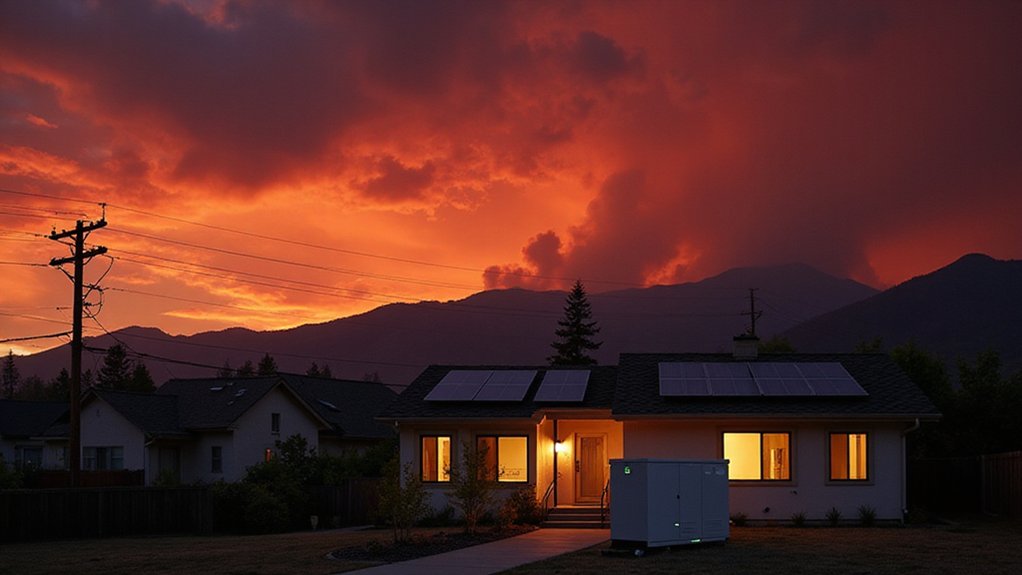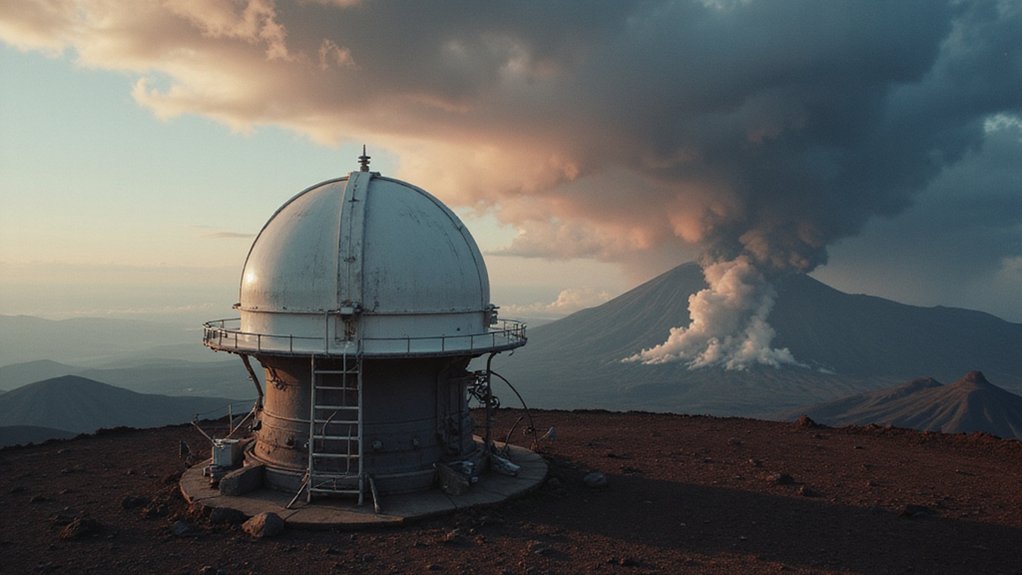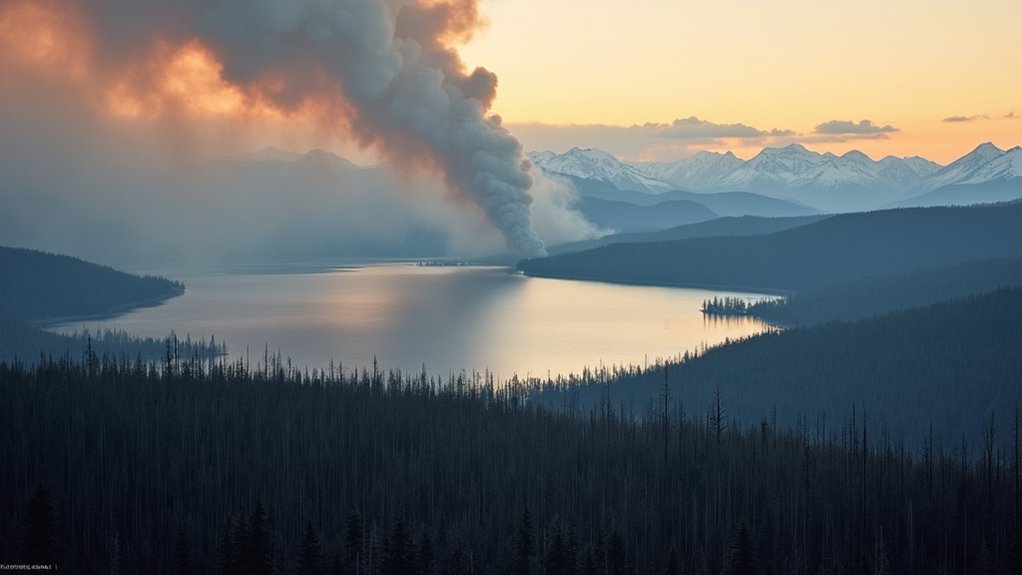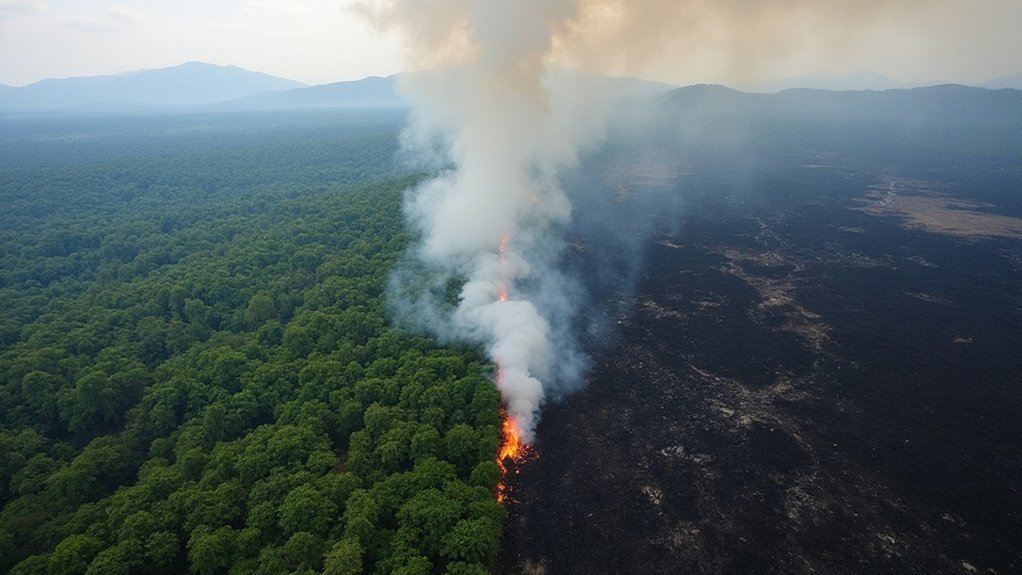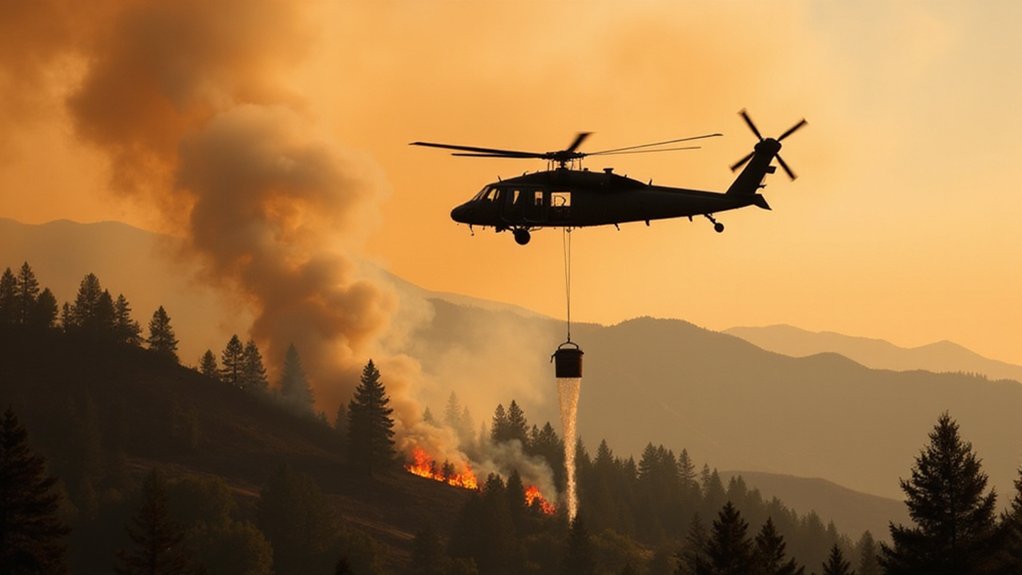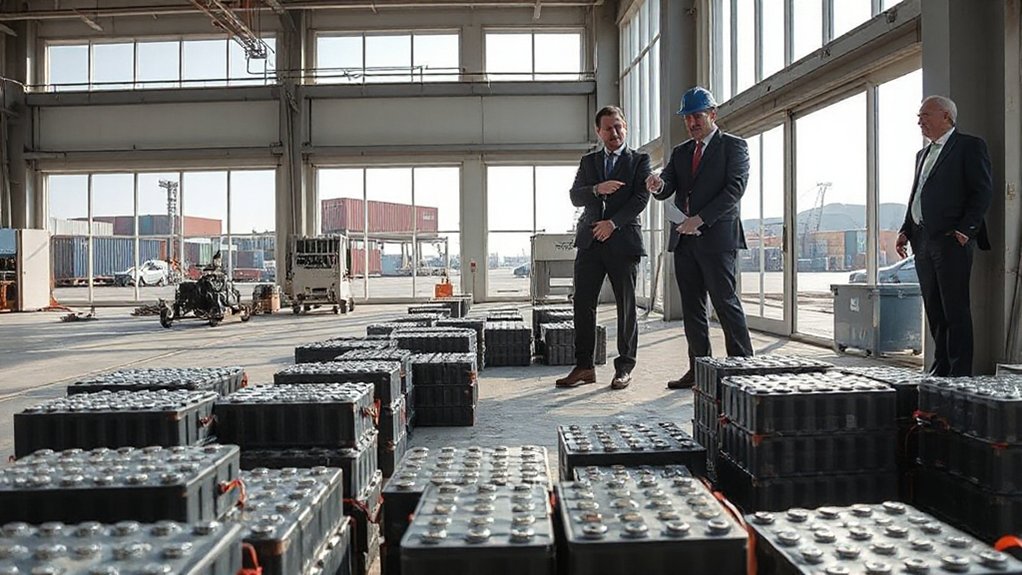While wildfires continue to ravage communities across the United States, battery storage systems are emerging as unlikely heroes in the fight against power outages. When the smoke starts rolling in and power companies implement those annoying Public Safety Power Shutoff events, people aren’t just sitting in the dark anymore. They’re buying batteries. Fast.
As climate disasters escalate, home batteries have become the must-have survival tech for the power-outage apocalypse.
The numbers don’t lie. After PSPS events, applications for solar plus storage systems jump by up to 0.088%. And get this – cities in High Fire Threat Districts exceed those outside these danger zones by a whopping 3.7-6.6 percent in monthly applications during fire seasons. Nothing like a good disaster to motivate some home improvements.
But it’s not all sunshine and rainbows in battery land. The US has racked up the second-highest number of major energy storage fires after South Korea. Not exactly a competition you want to win. The EPA tallied 245 lithium-ion battery fires at waste facilities over seven years. Yikes.
Fire chiefs are freaking out, insurers are backing away, and some projects are getting canceled altogether. These batteries can explode. They can experience thermal runaway. They’re basically fancy fire bombs if things go wrong. Consumers should be aware that EV fires can reach 5,000° F temperatures, making them significantly more dangerous than conventional vehicle fires.
Water works, though. Apparently, water-based suppression is effective for cooling these fires. Good to know when your garage battery starts smoking.
The economics are brutal too. PSPS events caused cost increases of up to 0.518% for solar plus storage systems in the following months. Supply and demand, folks.
Ironically, most at-risk communities don’t prepare until they’re already smelling smoke. Classic human behavior – wait for disaster before taking action.
Despite all the risks, batteries are essential for our energy shift. With a record 18.2 GW capacity expected to come online in 2025, these storage systems are revolutionizing how we manage grid reliability. They’re keeping the lights on when transmission lines can’t. They’re expensive, potentially dangerous, and absolutely necessary. The ultimate love-hate relationship for communities threatened by wildfires. Grid guardians indeed. With the IRA tax credits available, standalone storage is becoming more financially accessible to Americans concerned about power disruptions.
References
- https://www.firetrace.com/fire-protection-blog/us-has-suffered-second-highest-number-of-major-storage-fires
- https://www.usfa.fema.gov/blog/responding-to-fires-that-include-energy-storage-systems-are-a-new-and-evolving-hazard/
- https://www.nrel.gov/docs/fy23osti/80746.pdf
- https://www.levinsimes.com/blog/lithium-ion-battery-fire-statistics
- https://policyintegrity.org/files/publications/Wildfire_minhongxu.pdf
